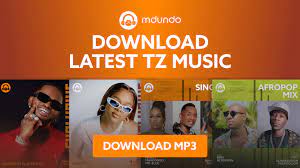In the ever-evolving landscape of digital media, few technologies have had as significant an impact as the MP3 format and its associated downloads. Born out of the need for efficient compression without sacrificing quality, tshwala bami yuppe mp3 download fakaza revolutionized the way we consume and share music. Let’s delve into the journey of MP3 downloads, from its inception to its current status as a ubiquitous aspect of modern digital culture.
The Birth of MP3:
The MP3 (MPEG-1 Audio Layer III) format emerged in the late 1980s and early 1990s as a response to the growing demand for digital audio compression. Developed by the Fraunhofer Society in Germany, MP3 utilized a groundbreaking algorithm to drastically reduce the file size of audio recordings while maintaining a high level of fidelity. This breakthrough paved the way for the digital music revolution.
Rise of Peer-to-Peer Sharing:
The true turning point for MP3 downloads came with the advent of peer-to-peer (P2P) file-sharing networks in the late 1990s and early 2000s. Platforms like Napster, Kazaa, and LimeWire allowed users to share MP3 files directly with one another, bypassing traditional distribution channels. This democratization of music distribution was met with both excitement and controversy, as it posed significant challenges to the established music industry.
Legal Battles and Industry Adaptation:
The proliferation of MP3 downloads sparked a series of legal battles between copyright holders and file-sharing platforms. Major record labels and artists argued that unauthorized distribution of copyrighted material was causing significant financial losses. This led to high-profile lawsuits against platforms like Napster, eventually resulting in their shutdown or transformation into legal services.



